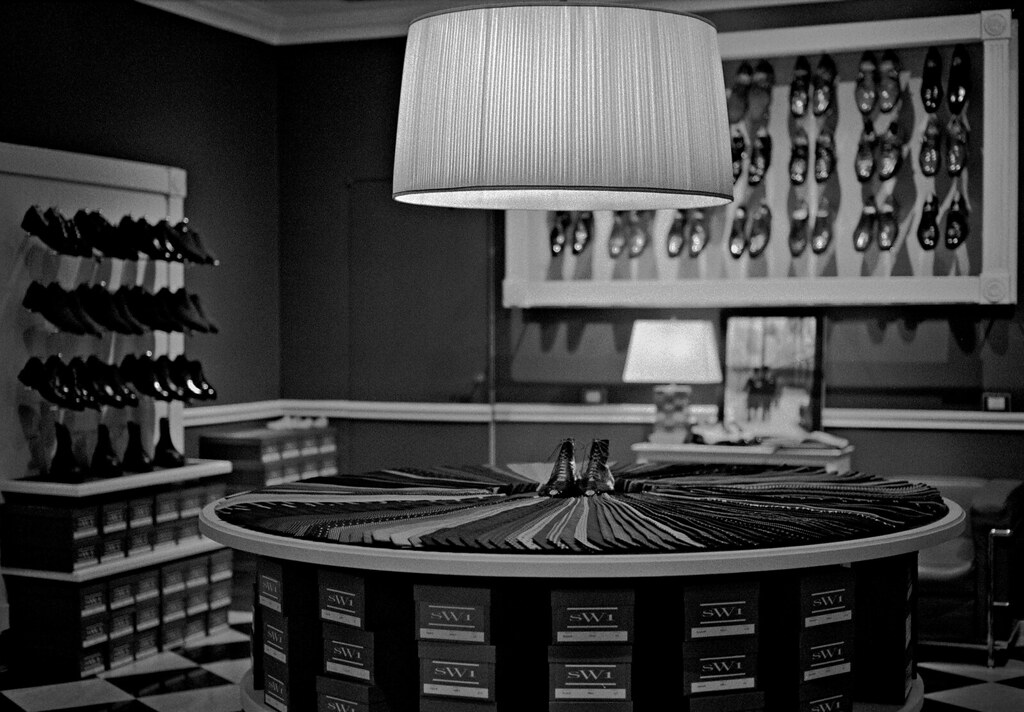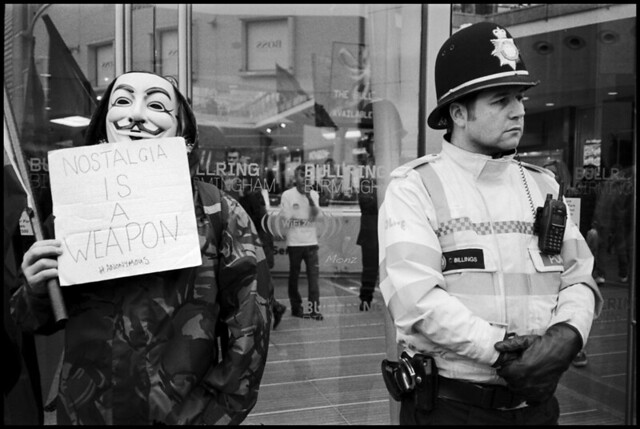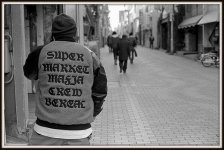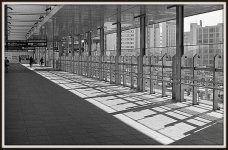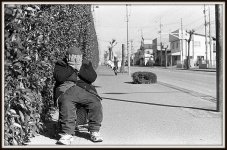f/14
Established
I think the exposure is more important than the choice of developer.
If you push the HP5 beyond the box speed it will inevitably loose detail in the shadows.
This goes for just about any film.
You will have those thin negatives that look nice and charming when you hold them up to the light, and the highlights and higher mid-tomes might be fine, but the prints will have large dark areas with no details in them.
(Which is fine if that is the artistic expression you look for.)
If on the other hand you want both shiny highlights and shadow detail, the way to go is to overexpose, - which is equivalent to derating the box speed.
Then, the way to avoid problems with burnt out highlights is to underdevelop.
Rule of thumb for exposure is to rate 400 ISO film at 200 or even better at 160 ISO.
Rule of thumb is to cut 20 % of the development time.
Regardless of the developer you choose the shadows are developed in the first minute (or first minutes). From then on the rest of the time is mostly spent developing mid tones and highlights.
With the shadows secured you can vary the total development time to get the contrast curve that suits your darkroom process, - or your scanner.
Exactly how much you should reduce the development time is a function of
- chosen developer
- temperature
- your pattern of agitation.
The 20% is based on XTOL 1+1 and 1 minute slow initial tank agitation (one rotation every 10 seconds) followed by 10 seconds slow agitation every minute from then on.
It seems to hold for diluted Rodinal as well.
The exact details will be determined by your specific processes.
3 - 5 rolls of film (over)exposed in the same way and developed a little differently, plus an evening in the darkroom or at the scanner and you should be able to find the combination you prefer.
Try watching http://www.youtube.com/watch?v=rlnt5yFArWo
Have fun.
If you push the HP5 beyond the box speed it will inevitably loose detail in the shadows.
This goes for just about any film.
You will have those thin negatives that look nice and charming when you hold them up to the light, and the highlights and higher mid-tomes might be fine, but the prints will have large dark areas with no details in them.
(Which is fine if that is the artistic expression you look for.)
If on the other hand you want both shiny highlights and shadow detail, the way to go is to overexpose, - which is equivalent to derating the box speed.
Then, the way to avoid problems with burnt out highlights is to underdevelop.
Rule of thumb for exposure is to rate 400 ISO film at 200 or even better at 160 ISO.
Rule of thumb is to cut 20 % of the development time.
Regardless of the developer you choose the shadows are developed in the first minute (or first minutes). From then on the rest of the time is mostly spent developing mid tones and highlights.
With the shadows secured you can vary the total development time to get the contrast curve that suits your darkroom process, - or your scanner.
Exactly how much you should reduce the development time is a function of
- chosen developer
- temperature
- your pattern of agitation.
The 20% is based on XTOL 1+1 and 1 minute slow initial tank agitation (one rotation every 10 seconds) followed by 10 seconds slow agitation every minute from then on.
It seems to hold for diluted Rodinal as well.
The exact details will be determined by your specific processes.
3 - 5 rolls of film (over)exposed in the same way and developed a little differently, plus an evening in the darkroom or at the scanner and you should be able to find the combination you prefer.
Try watching http://www.youtube.com/watch?v=rlnt5yFArWo
Have fun.
Last edited:




